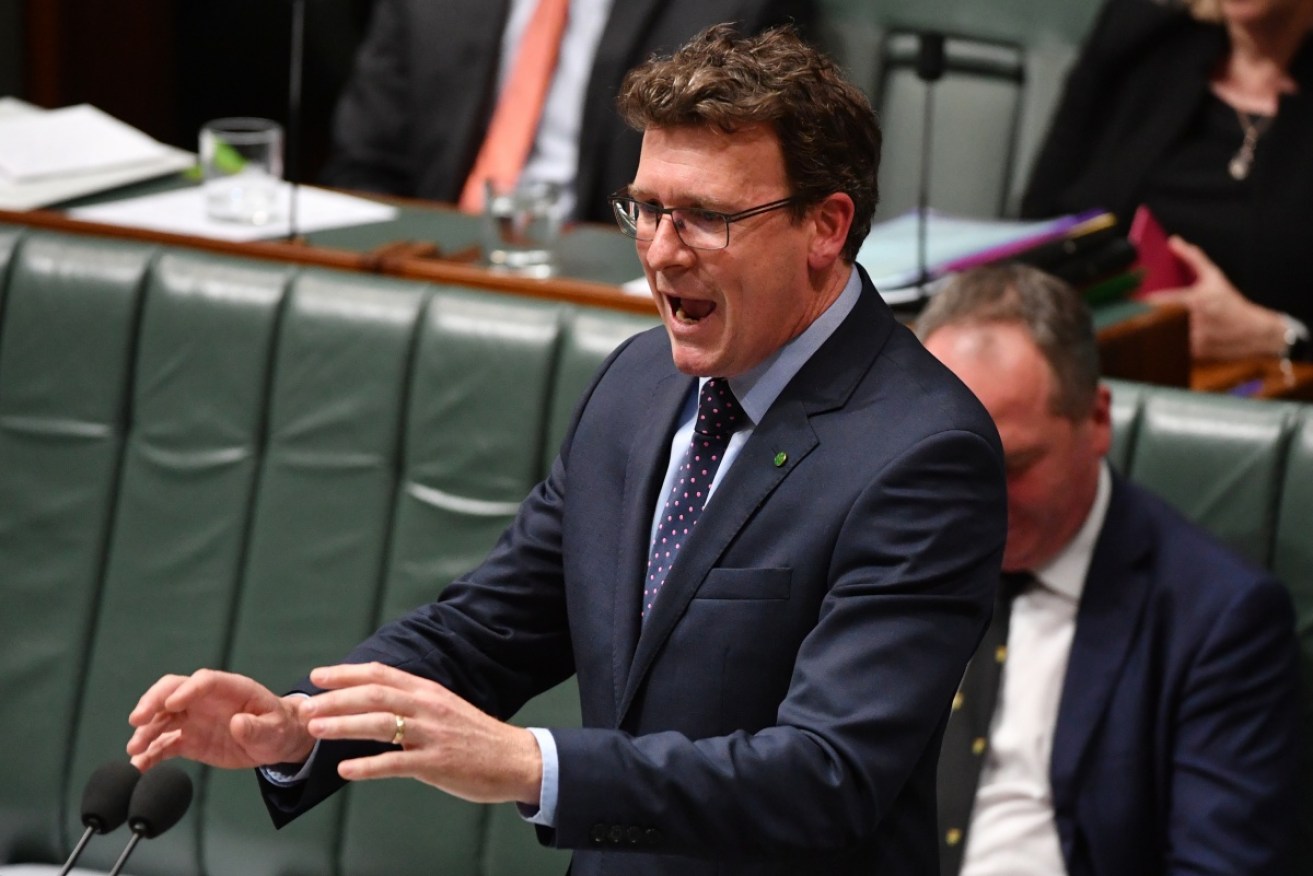New migration plan’s impact on congestion in doubt


Minister for Cities, Urban Infrastructure and Population Alan Tudge wants migrants to settle outside of cities. Photo: AAP
A new government plan will channel migrants away from Melbourne and Sydney and into regional areas in a bid to ease congestion and spread out population growth, but its effectiveness has been questioned.
The new population plan outlined by Minister for Cities, Urban Infrastructure and Population Alan Tudge consists of four parts – increased infrastructure spending, a focus on local ‘pinch points’, better planning frameworks, and a push to have new migrants move to smaller cities and regional areas.
The populations of Melbourne, Sydney, and south-east Queensland last year grew at 2.7 per cent, 2.1 per cent, and 2.3 per cent respectively, while the national growth rate was only 1.6 per cent.
With migration making up a majority of that growth, Mr Tudge said redistributing migrants will help take pressure off these three major growth centres.
Smaller states and regional areas are “crying out for more people”, he said.
But the effectiveness of the plan has been questioned by experts.
EY government transport leader Tony Canavan told The New Daily that Mr Tudge “isn’t far off the mark” with much of the new plan, but channeling migrants away from big cities comes with a number of risks.
“It would need to be a pretty sizeable and effective initiative to have an impact because our cities are growing so fast. And then there’s a note of caution about what those sorts of changes do to the underlying economic case for our cities,” he said.
People choose to move to cities because there are jobs on offer, and jobs are created because there are people, Mr Canavan said, and any changes to restrict population growth would need to be careful not to disrupt this “symbiotic” relationship in a way that hurts the city’s economic success.
Grattan Institute transport program director Marion Terrill said it’s “a mistake” to think commute times grow as cities do, adding that commute times and distances are the same in Melbourne and Brisbane despite the difference in size between the two.
“In fact, people make a lot of adaptations that ensure they keep their work within a tolerable commute from home,” she said.
Further, Ms Terrill said it was “problematic” for government to stay in the way of people who want to live and work in the city, because people choose to come to these cities for work and their preferred lifestyle.
“The biggest focus for government should be to make cities work well.”
Demand side still important
While the plan to shift migrants to smaller and slower growing parts of the country might not be as effective as hoped, EY’s Mr Canavan said it was “good to hear” government trying to address issues caused by demand.
“Ultimately, congestion is caused by a mismatch of demand and supply,” he said, though the shape and design of transport infrastructure and the times of day commuters choose to travel also play into the issue significantly.
Mr Canavan said government should be considering all the tools available to them to mitigate congestion, including introducing ‘congestion charges’ like those used in London and Singapore.

Commuters pay an additional fee when driving through London’s ‘congestion charge zone’ between 7am and 6pm on weekdays.
These charges are applied to vehicles driving in busy parts of the city during peak times to encourage commuters off the road and into different modes of transport.
Mr Canavan said discussion of these sorts of policies “doesn’t bubble up to the surface very often in Australia”, and added it was a shame government had shelved its proposed inquiry into road pricing reform earlier this week.
Congestion charging was also floated by Grattan Institute’s Ms Terrill as a way to ease congestion, adding that Australia’s bigger cities are reaching a point where they won’t be able to “build their way out of congestion”.
Ms Terrill also suggested changing zoning restrictions (which she said drive urban sprawl) to allow people to live closer to their places of work, and making it easier for people to move by reviewing stamp duty.
“Stamp duty is a big barrier to people moving to a different part of town for a different job. It makes it very expensive for people.”








